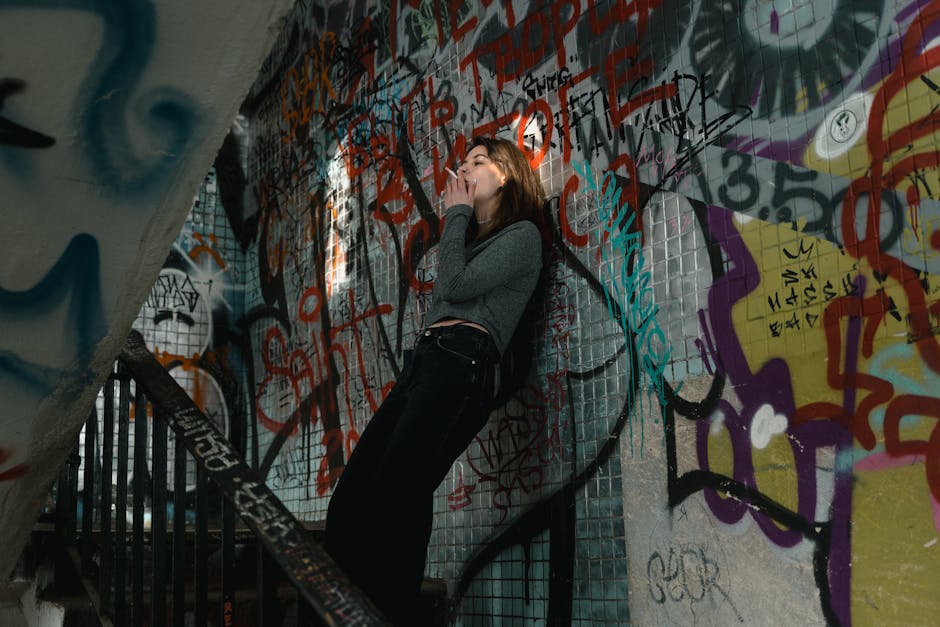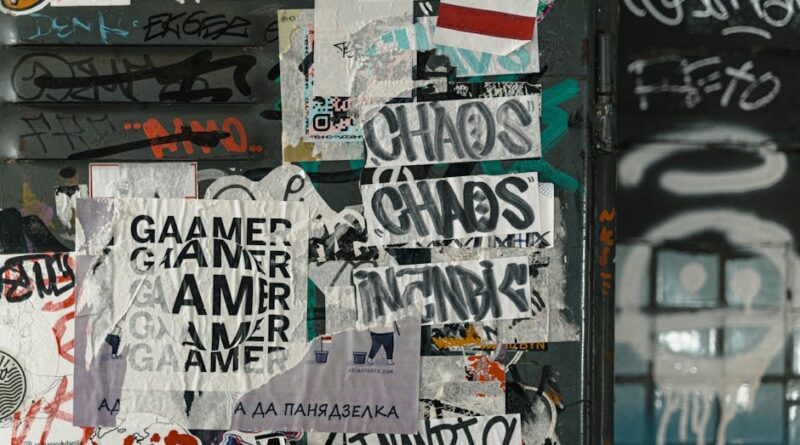Understanding Contemporary Art Analysis
Contemporary art is a vast and diverse field that encompasses a wide range of artistic practices, styles, and movements. From traditional painting and sculpture to multimedia installations and performance art, contemporary artists push boundaries, challenge norms, and engage with complex social, political, and cultural issues. Analyzing contemporary art requires a nuanced understanding of artistic techniques, cultural contexts, and critical theories. In this article, we will delve into the world of contemporary art analysis, exploring its significance, methods, and challenges.
The Evolution of Contemporary Art
Contemporary art emerged in the second half of the 20th century as a response to the rapidly changing global landscape. Artists began to experiment with new materials, techniques, and concepts, moving away from traditional artistic conventions. Movements such as Abstract Expressionism, Pop Art, Minimalism, and Conceptual Art revolutionized the art world, challenging viewers to rethink their perceptions and assumptions about art.
Contemporary art is characterized by its diversity and inclusivity, encompassing a wide range of styles, approaches, and ideologies. From the politically charged works of artists like Ai Weiwei and Banksy to the introspective installations of Yayoi Kusama and Olafur Eliasson, contemporary art reflects the complexities of the modern world.
Methods of Contemporary Art Analysis

By cottonbro studio via Pexels
Analyzing contemporary art involves a multi-faceted approach that considers various elements of the artwork, including its formal qualities, conceptual underpinnings, historical context, and cultural significance. Art critics, scholars, and enthusiasts employ a range of methods to interpret and evaluate contemporary artworks, such as formal analysis, iconographic analysis, semiotic analysis, and contextual analysis.
Formal analysis focuses on the visual elements of the artwork, such as line, color, shape, texture, and composition. By closely examining these formal qualities, analysts can discern the artist’s intentions, aesthetic choices, and technical skills. For example, in a painting by Gerhard Richter, the use of blurred brushstrokes and muted colors conveys a sense of ambiguity and emotion.
Iconographic analysis involves decoding the symbolic imagery and motifs used in the artwork. Artists often incorporate symbols, allegories, and references to cultural, historical, and religious iconography in their work to convey deeper meanings and messages. For instance, in a sculpture by Barbara Kruger, the juxtaposition of text and image critiques consumerism and gender stereotypes.
Semiotic analysis examines the signs, symbols, and signifiers within the artwork to uncover underlying meanings and cultural associations. By analysing how visual elements communicate ideas and emotions, analysts can gain insight into the artist’s intentions and the artwork’s reception. For example, in a performance piece by Marina Abramovi, the artist’s use of her body as a medium challenges traditional notions of art and identity.
Contextual analysis situates the artwork within its historical, social, and cultural context, considering the artist’s biography, the art world’s trends, and the audience’s reception. By understanding the broader context in which the artwork was created and exhibited, analysts can appreciate its relevance, impact, and significance. For example, in a video installation by Isaac Julien, the exploration of race, sexuality, and post-colonialism reflects the artist’s engagement with contemporary social issues.
The Significance of Contemporary Art Analysis

By cottonbro studio via Pexels
Contemporary art analysis plays a crucial role in deepening our understanding of the complexities and nuances of contemporary art. By critically engaging with artworks, we can uncover hidden meanings, challenge assumptions, and broaden our perspectives. Art analysis encourages viewers to think critically, ask questions, and engage in meaningful conversations about art, culture, and society.
Furthermore, contemporary art analysis contributes to the preservation and documentation of artistic practices, movements, and legacies. Art historians, curators, and collectors rely on art analysis to contextualize artworks, trace artistic influences, and assess artistic value. By analyzing contemporary art, we can appreciate the diversity, innovation, and creativity of artists working today.
Contemporary art analysis also fosters a deeper connection between artists, artworks, and audiences. By engaging with art on a deeper level, viewers can develop a greater appreciation for the artist’s intentions, techniques, and messages. Art analysis encourages viewers to look beyond the surface and delve into the rich layers of meaning embedded in contemporary artworks.
Challenges and Controversies in Contemporary Art Analysis

By cottonbro studio via Pexels
While contemporary art analysis offers valuable insights into artworks, it also poses challenges and controversies. The subjective nature of art analysis means that interpretations can vary widely depending on the viewer’s background, biases, and perspectives. What one viewer perceives as a powerful political statement may be seen as offensive or controversial by another.
Additionally, the ever-changing nature of contemporary art presents challenges for art analysis. New technologies, materials, and concepts continue to shape the art world, challenging critics and scholars to adapt their analytical methods. Analyzing digital art, performance art, and interactive installations requires a different set of tools and frameworks than traditional media like painting and sculpture.
Controversies also arise when analyzing artworks that push boundaries, challenge conventions, or provoke strong reactions. Art that deals with sensitive topics such as race, gender, sexuality, and politics can spark heated debates and disagreements among viewers and critics. The line between artistic freedom and social responsibility can be blurred, leading to ethical dilemmas in art analysis.
Expert Opinions
According to art critic and curator Sarah Thornton, “Contemporary art analysis is not about finding the right answers but asking the right questions. It’s about engaging with art on a deep, emotional, and intellectual level, challenging our assumptions and expanding our horizons.”
Art historian and scholar Hal Foster emphasizes the importance of historical context in contemporary art analysis, stating, “Understanding art requires an appreciation of how it reflects, critiques, and responds to the world around it. By situating artworks within their historical contexts, we can uncover the layers of meaning and significance embedded in them.”

By MART PRODUCTION via Pexels
Conclusion
To wrap things up, contemporary art analysis is a vital tool for understanding, appreciating, and engaging with the rich tapestry of contemporary art. By employing a range of analytical methods, viewers can deepen their appreciation for artists, artworks, and the art world at large. While challenges and controversies may arise in art analysis, the rewards of delving into the complexities and nuances of contemporary art are immeasurable. As we continue to explore, interrogate, and celebrate contemporary art, let us embrace the power of art analysis to broaden our perspectives, spark meaningful conversations, and enrich our lives.




